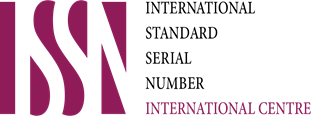THE SURGE OF EXTREMISM IN PAKISTANI AND GLOBAL SOCIETIES: CAUSES, MANIFESTATIONS, IMPACTS, AND SOLUTIONS IN LIGHT OF ISLAMIC TEACHINGS
DOI:
https://doi.org/10.63878/aaj647Abstract
This research examines the rise of extremism in Pakistan and globally, analyzing its causes, manifestations, impacts, and solutions through the lens of Islamic teachings. Socioeconomic disparities, with Pakistan’s 59% literacy rate and 6.5% unemployment (UNESCO, 2022; Pakistan Bureau of Statistics, 2023), alongside political instability, create fertile ground for radicalization. Misinterpretations of religious texts, historically exemplified by the Kharijites and currently fueled by Islamophobia, drive extremist ideologies (Hitti 1970; OIC, 2018). Social media amplifies propaganda, as seen in Pakistan’s 2021 Sialkot lynching and the 2019 Christchurch attack (Dawn News, 3 December 2021; Geo TV, 15 May 2023). Van Dijk’s theory of mind control highlights how divisive narratives manipulate vulnerable populations (Van Dijk 2003). Extremism manifests through mob violence, educational indoctrination, sectarian conflicts, and cyber radicalization, disrupting social cohesion, economic progress, and global security. Impacts include Pakistan’s reduced foreign investment and global conflicts like Israel-Palestine (World Bank, 2023). Islamic teachings, rooted in Quranic verses like 2:256 and hadiths condemning violence, offer solutions through education, interfaith dialogue, social cohesion, and accountability. Recommendations include revising curricula, fostering dialogue, promoting charity, enforcing institutional audits, and enhancing economic equity. By implementing these, societies can counter extremism, fostering peace and harmony aligned with the Prophet’s (PBUH) example of tolerance.




































